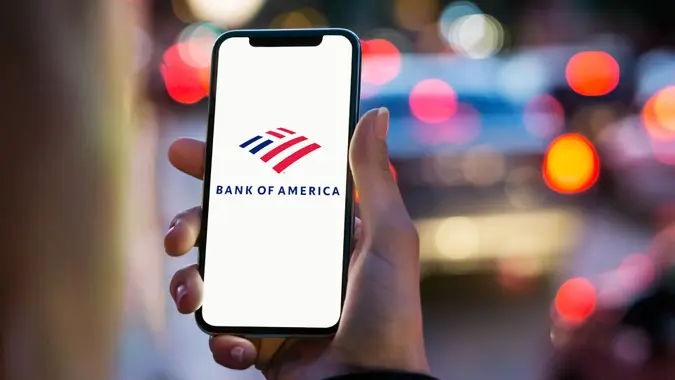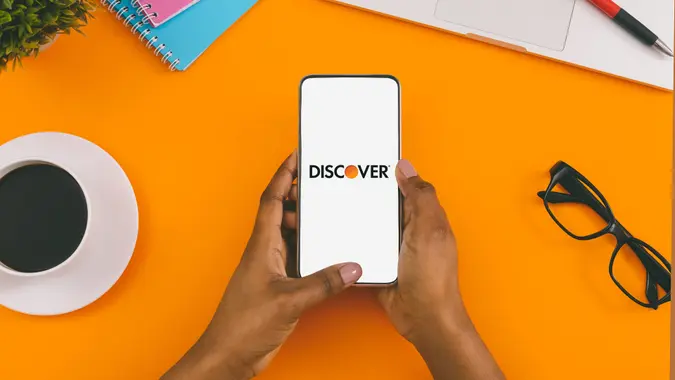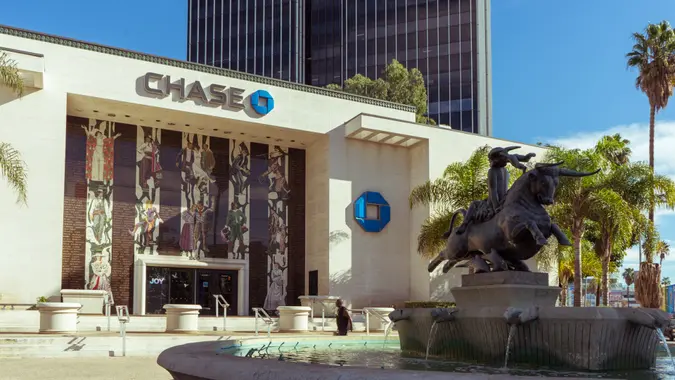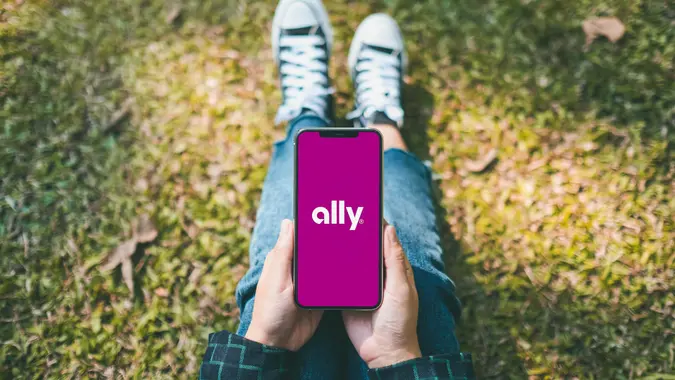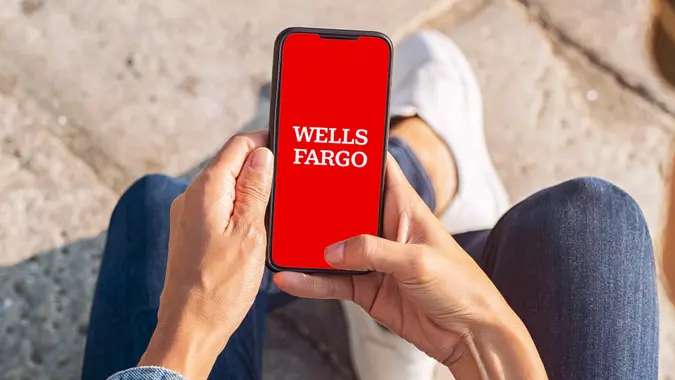Apple Seeks to End Savings & Credit Card Partnership With Goldman Sachs — What Will Happen to Your Accounts?

Commitment to Our Readers
GOBankingRates' editorial team is committed to bringing you unbiased reviews and information. We use data-driven methodologies to evaluate financial products and services - our reviews and ratings are not influenced by advertisers. You can read more about our editorial guidelines and our products and services review methodology.

20 Years
Helping You Live Richer

Reviewed
by Experts

Trusted by
Millions of Readers
Apple is reportedly seeking to end its partnership with Goldman Sachs, which would terminate its Apple card joint venture, as well as its savings account, according to multiple reports. The tech giant has given 12-15 months exit plan to the investment bank, according to The Wall Street Journal.
And now, users are wondering what will happen next for them.
“So what happens to my Apple Card? Does it automatically transfer to a new partner bank?” a user posted on X, formerly known as Twitter.
In August 2019, Apple and Goldman Sachs launched a new credit card “to help consumers lead a healthier financial life,” which has features including no fees, daily cash back and seamless integration into Apple’s mobile devices, according to Goldman Sachs.
And in April 2023, Apple and Goldman Sachs launched a savings account for Apple Card users.
“Our goal is to build tools that help users lead healthier financial lives, and building Savings into Apple Card in Wallet enables them to spend, send and save Daily Cash directly and seamlessly — all from one place,” Jennifer Bailey, Apple’s vice president of Apple Pay and Apple Wallet, said in a statement at the time.
Yet, as Bloomberg reported, the partnership rapidly took a wrong turn, and the split has been a long time coming, partly due to Apple’s concerns around engineering. As for Goldman, The Wall Street Journal reported that earlier this year, executives began looking for ways out of the Apple partnership, including by approaching American Express to gauge their interest.
What Does it Mean for the Accounts?
According to The Wall Street Journal, Goldman Sachs for now is still responsible for the Apple card and Goldman employees will also have to prepare for transferring balances to the company or companies that take over the cards, a process that needs employees with experience.
Yet, The Wall Street Journal also reported that it wasn’t clear yet whether Apple has already lined up a new issuer for the card.
Overall, according to Peter C. Earle, economist for the American Institute for Economic Research, there doesn’t seem to be much reason for customers to worry.
“The likely outcome is another financial institution taking over that business,” he said. “Goldman’s foray into retail consumer lending has been shaky. Not only have there been problems with the Apple partnership, but they recently arranged to sell Green Sky, their home improvement lending operation. As it turns out, diversifying away from institutional and high net worth advisory services was a heavier lift than they expected.”
While Goldman has discussed with American Express the possibility of handing over the program to the card giant, “Amex expressed concern about several aspects of the program, including its loss rates, and it isn’t clear if those discussions have continued,” according to The Wall Street Journal.
Meanwhile, Synchrony Financial — which originally bid against Goldman for the Apple credit card program — has also been looking into possibly taking over the credit card program, The Wall Street Journal reported.
More From GOBankingRates
 Written by
Written by  Edited by
Edited by 






